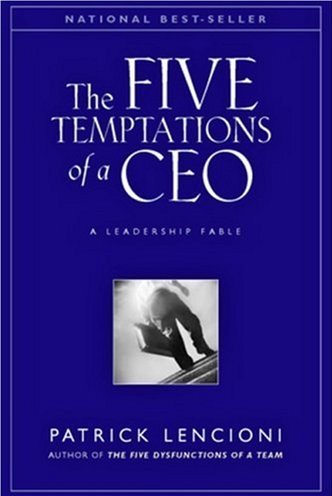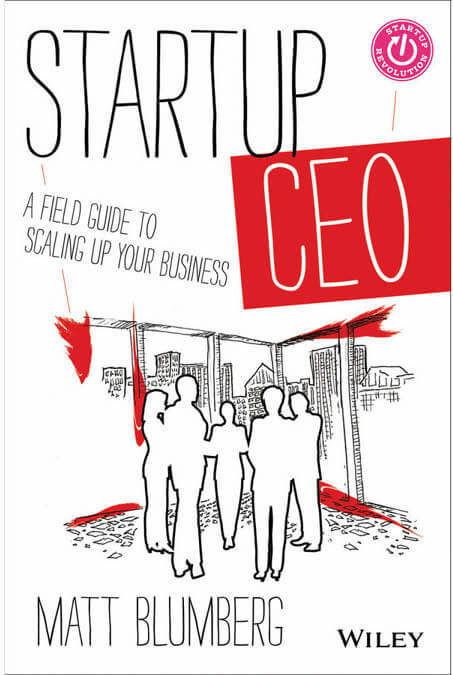By nature, startups are agile and opportunistic. Mature companies often plan years in advance, guided by long term strategies. When and how should the founder of a startup change their approach to strategy as they begin to scale and establish their growing business?
As in previous articles in this series, I think the clearest way to describe this transition is to consider what “strategy” looks like for the company in three different phases: a) while the business is still a startup searching for a profitable, scalable business model, b) when the business finds that business model and begins to scale, and c) beyond that transition as the business grows and matures.
During the startup phase, most founders don’t think of themselves as being strategists. Although their vision may include a long term view of changing the world, their decision making is very focused on the day-to-day. In reality, at this point in a company’s life, the daily search is for Product-Market Fit: do we have an offer that solves a pressing need of a specific market? When the founder figures out the right answers to these critical questions, the business is ready to scale, market demand is poised to takeoff, creating tremendous demand, and the business has figured out the foundational elements of what can become a profitable business.
The founder must now figure out how to scale. The main decisions to be made tend to be around where and how to invest in scaling: Who do we hire? What capabilities/features do we develop next? What resources do we need (e.g. office space, production capacity)? Answering these questions can often be very hard, and making the wrong choices can be disastrous.
Once a company has clearly defined its strategy and is moving forward together, the nature of the CEO as strategist transitions again. The hardest decisions are often portfolio decisions — what products do we offer, what markets do we serve, and what businesses are we in?In this article, I explore what strategy looks like in each of these phases. I also bring in examples from a scaling startup, a mature business, and even the Bible.
Click here to read the full article.





